Community articles — Assignments
Handy LaTeX templates for homework assignments to use at school, college, and university. They’re great for teachers to prep classes too.
Kürzlich
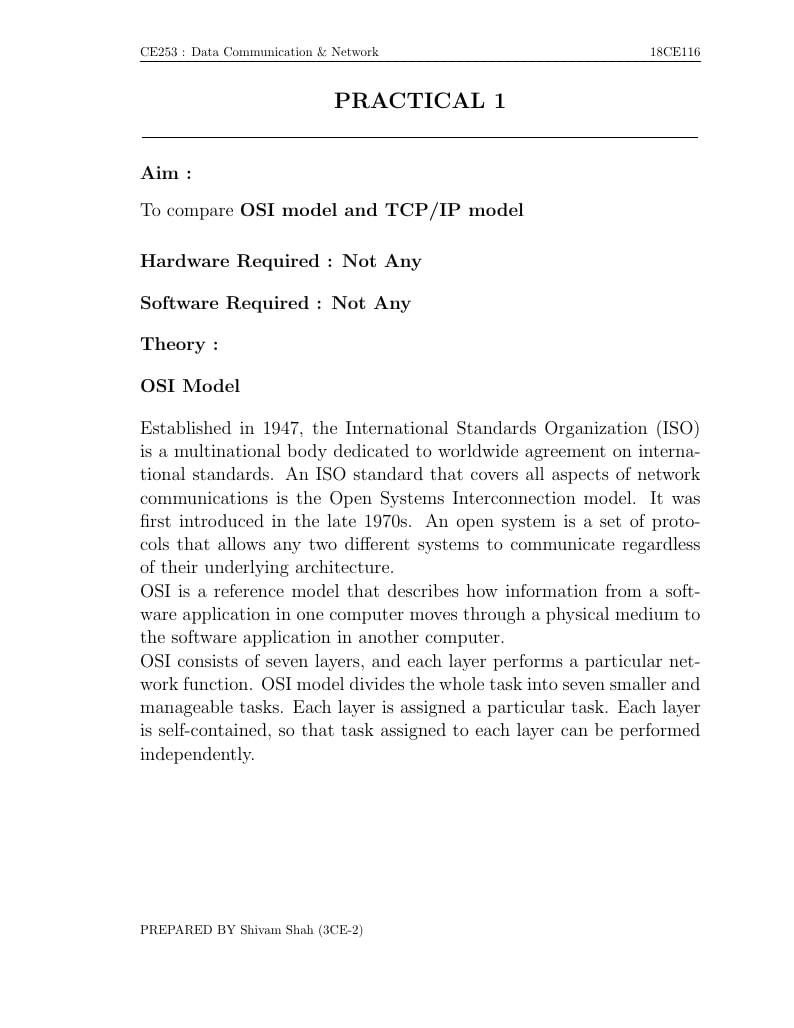
A short description about the OSI model and TCP/IP model.
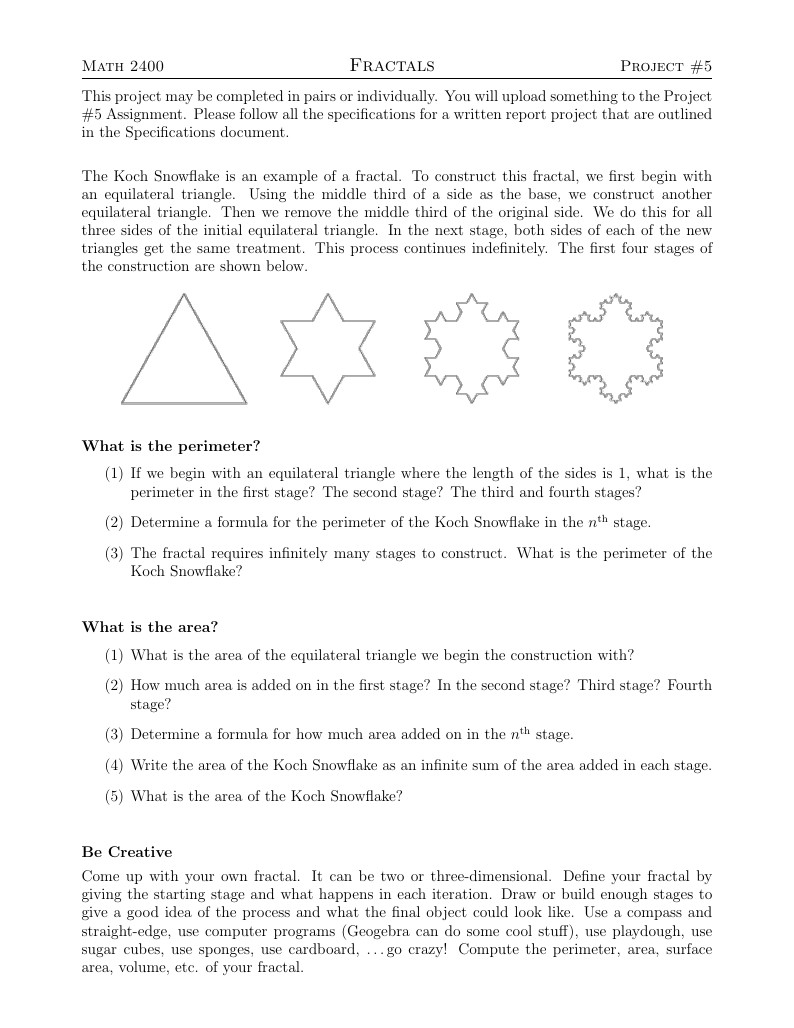
This project walks students through computing the perimeter and area of the Koch Snowflake as an application of geometric series. Students then create their own fractal and perform similar computations.
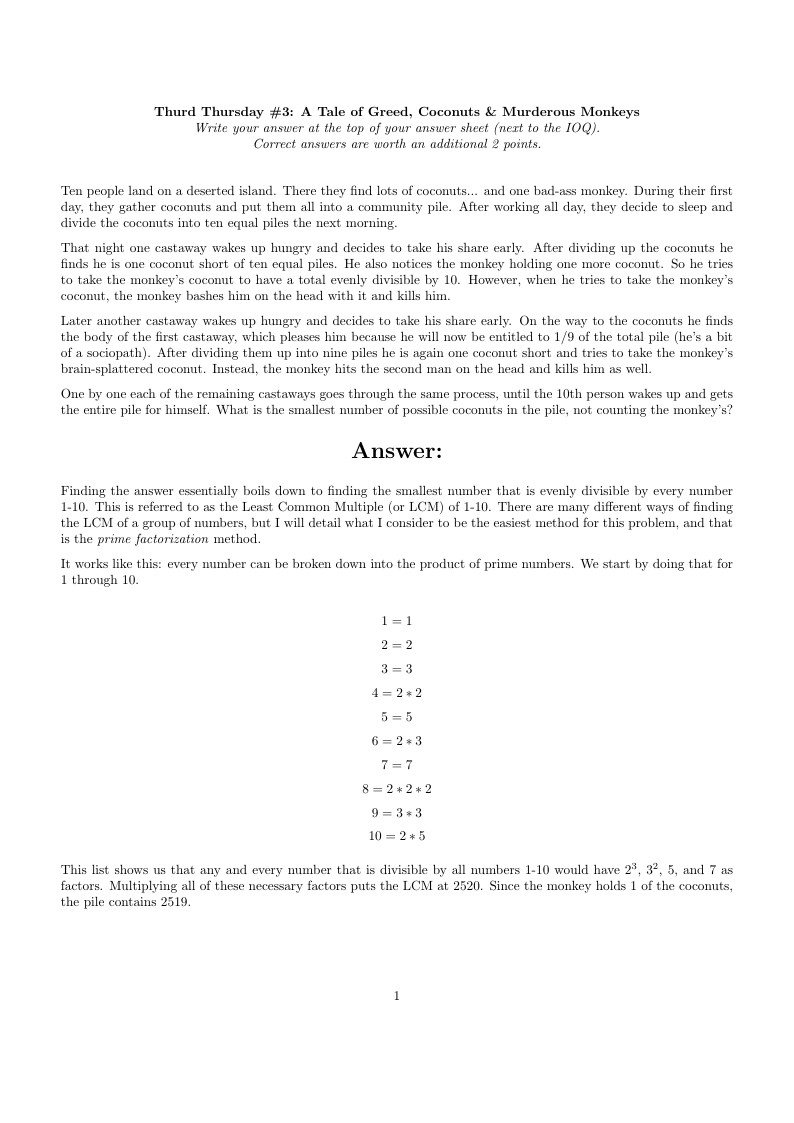
A logic/math puzzle and solution.
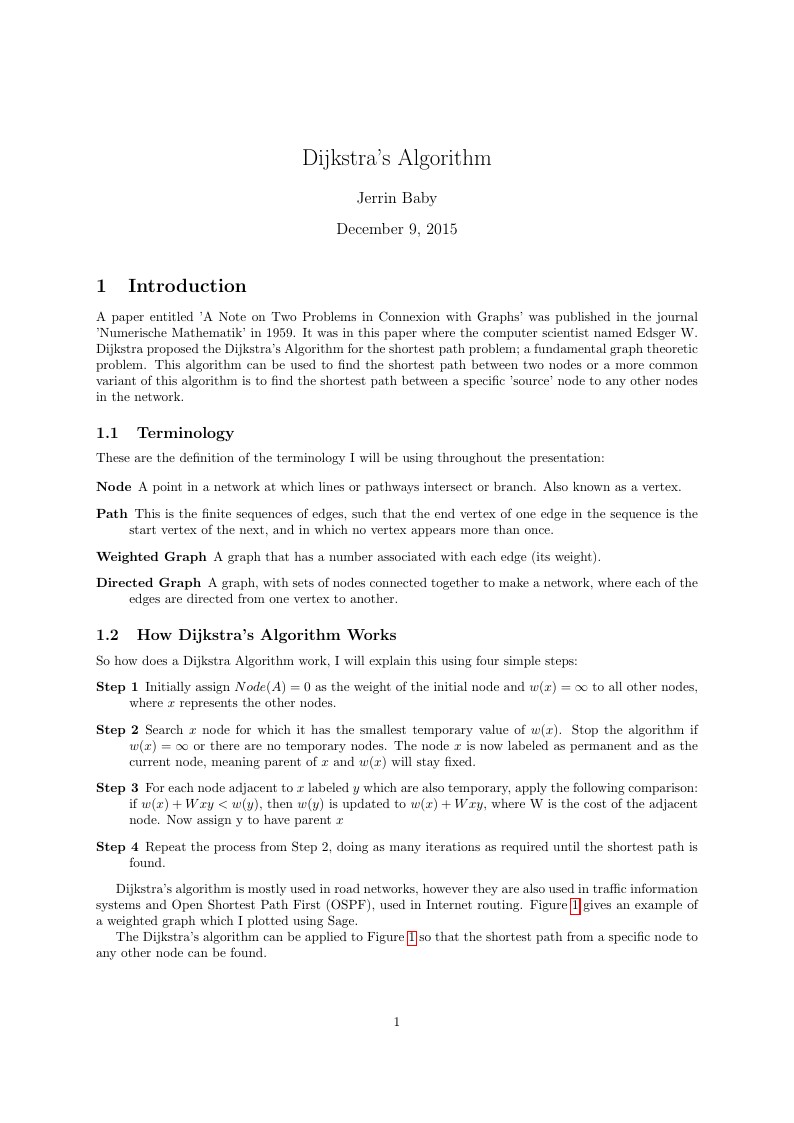
This is a report on the Dijkstra's Algorithm
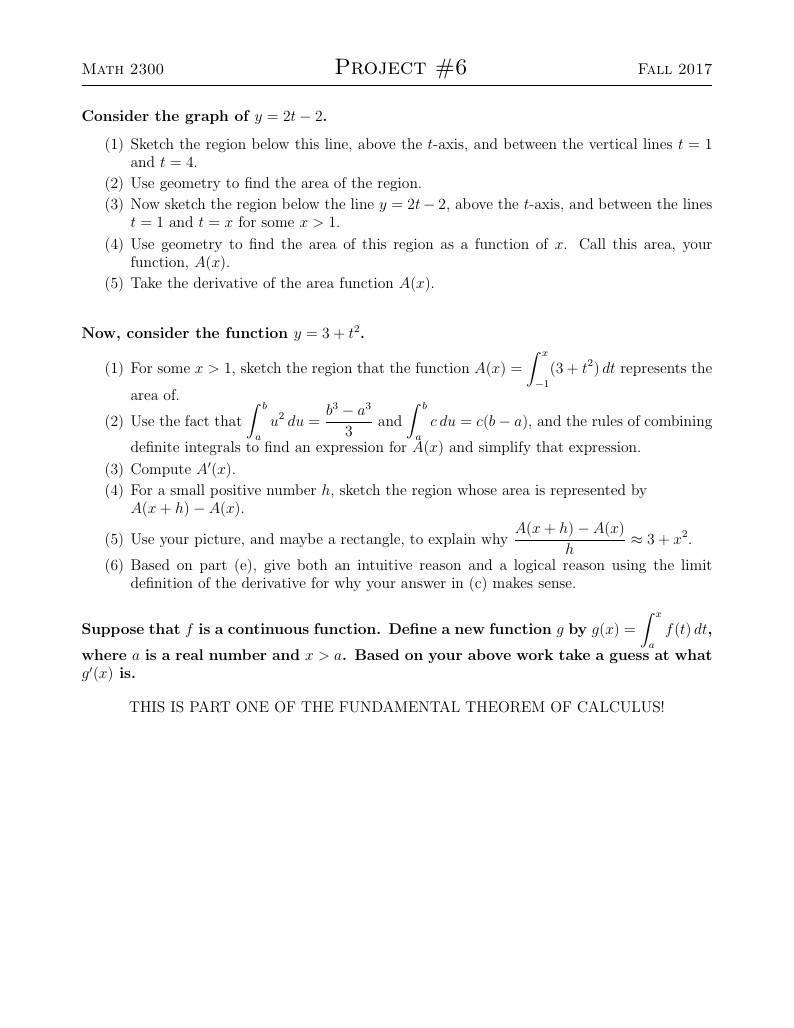
This is the 6th project for Calc1 at Fitchburg State. Students are walked through the steps to justify the different pieces of the Fundamental Theorem of Calculus and make connections between the two parts.
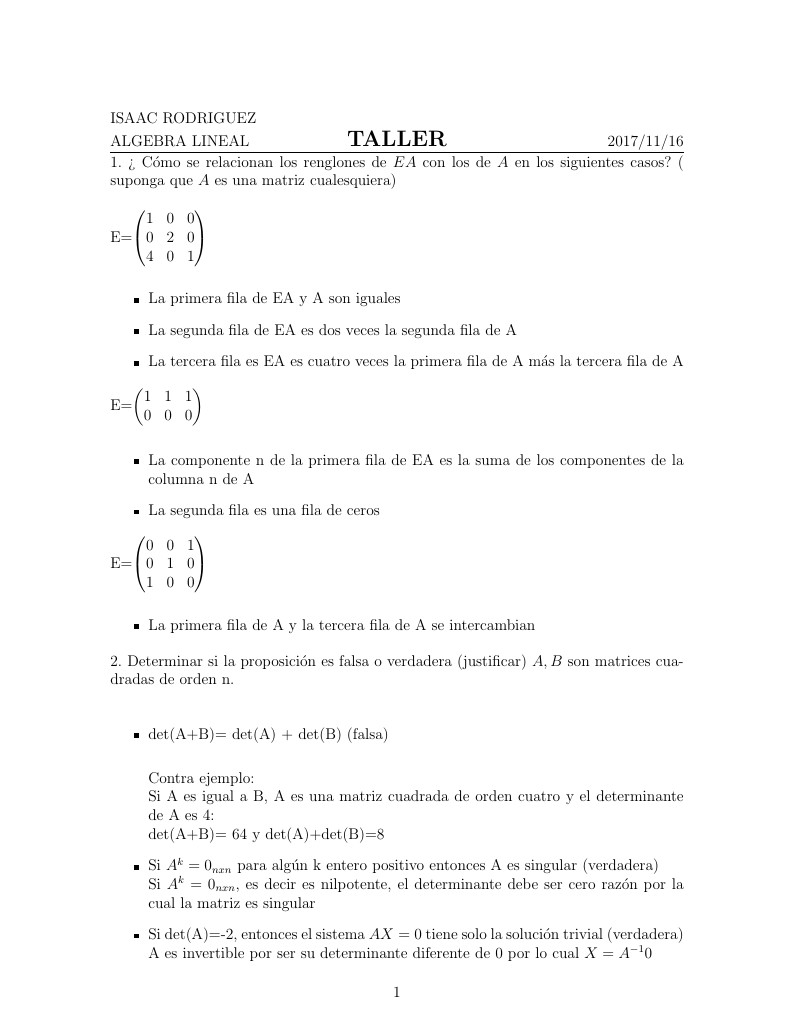
Taller álgebra lineal
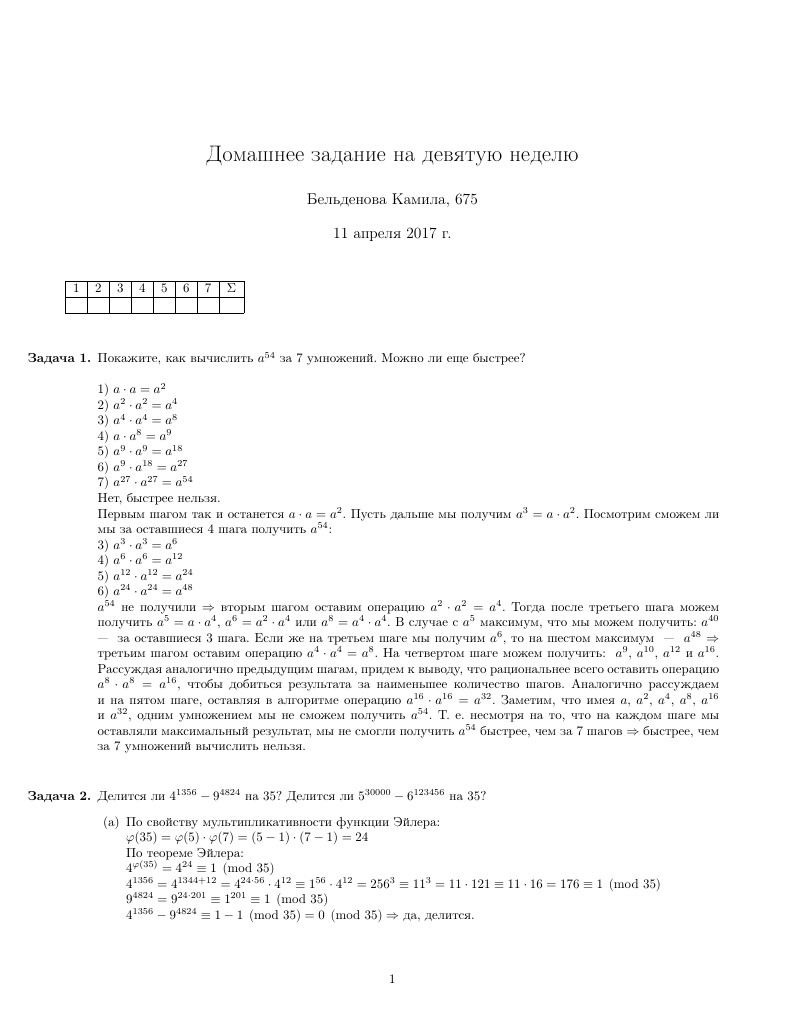
Module math
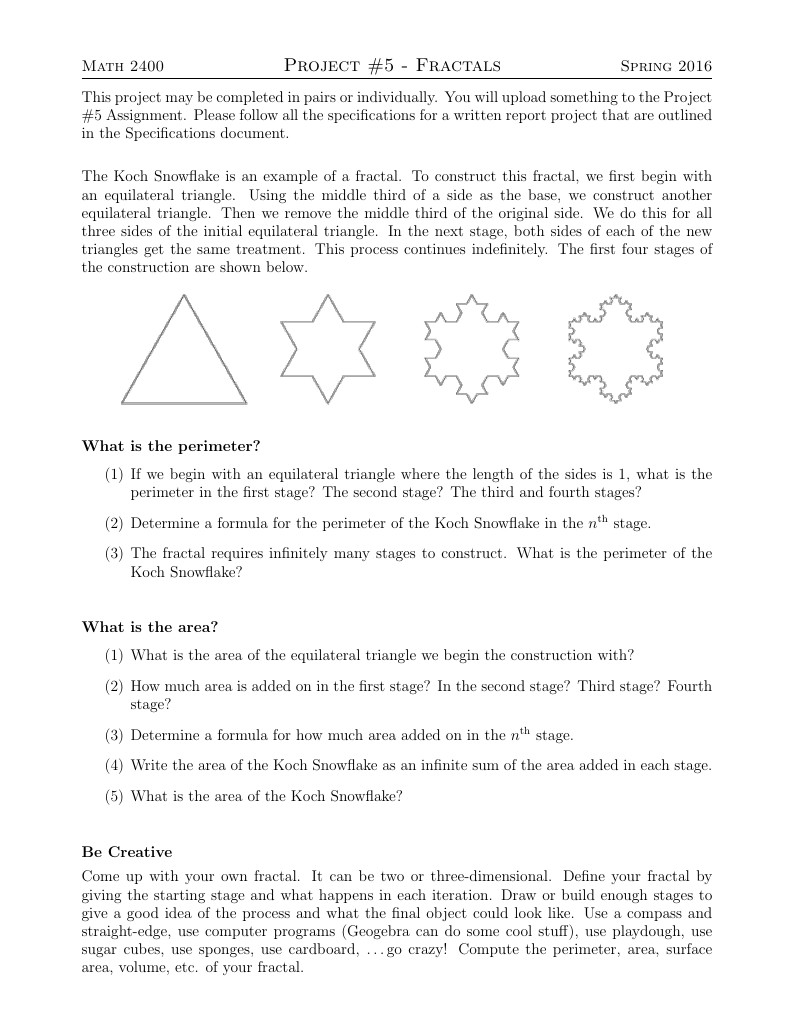
The fifth project for Spring 2017 Calculus 2 at Fitchburg State. This project covers fractals and geometric series.
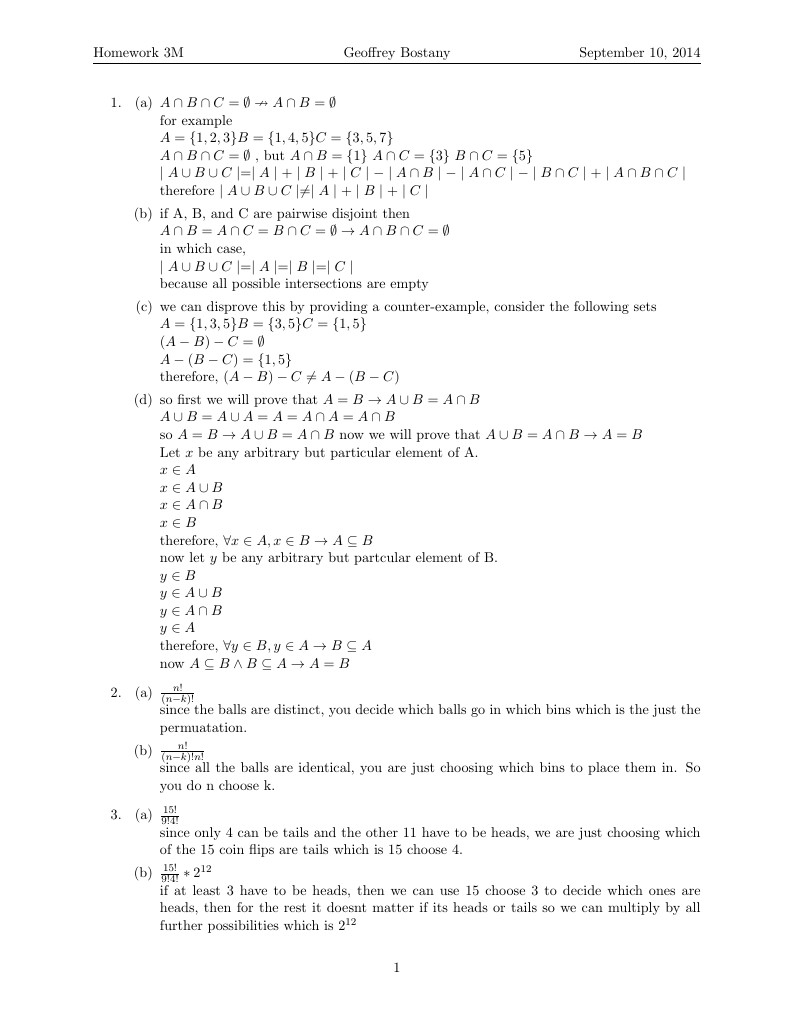
homework 3w
\begin
Discover why over 20 million people worldwide trust Overleaf with their work.